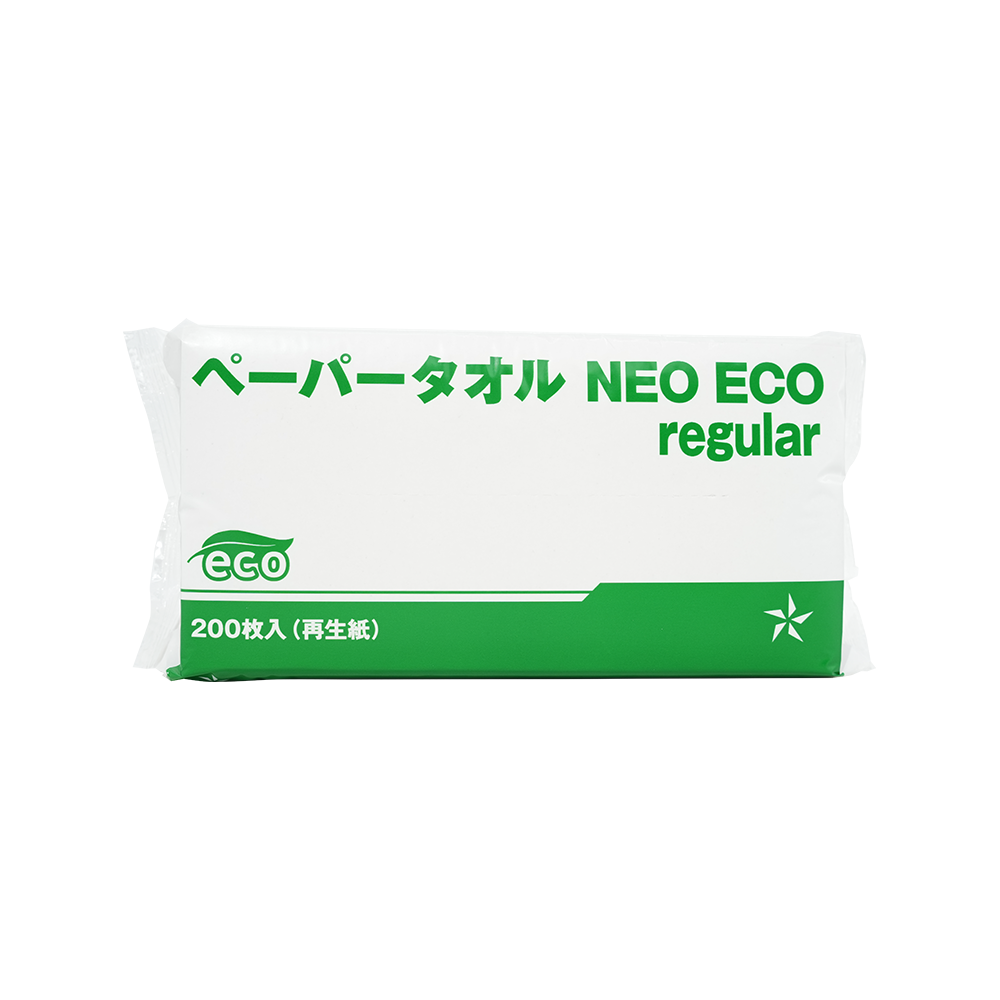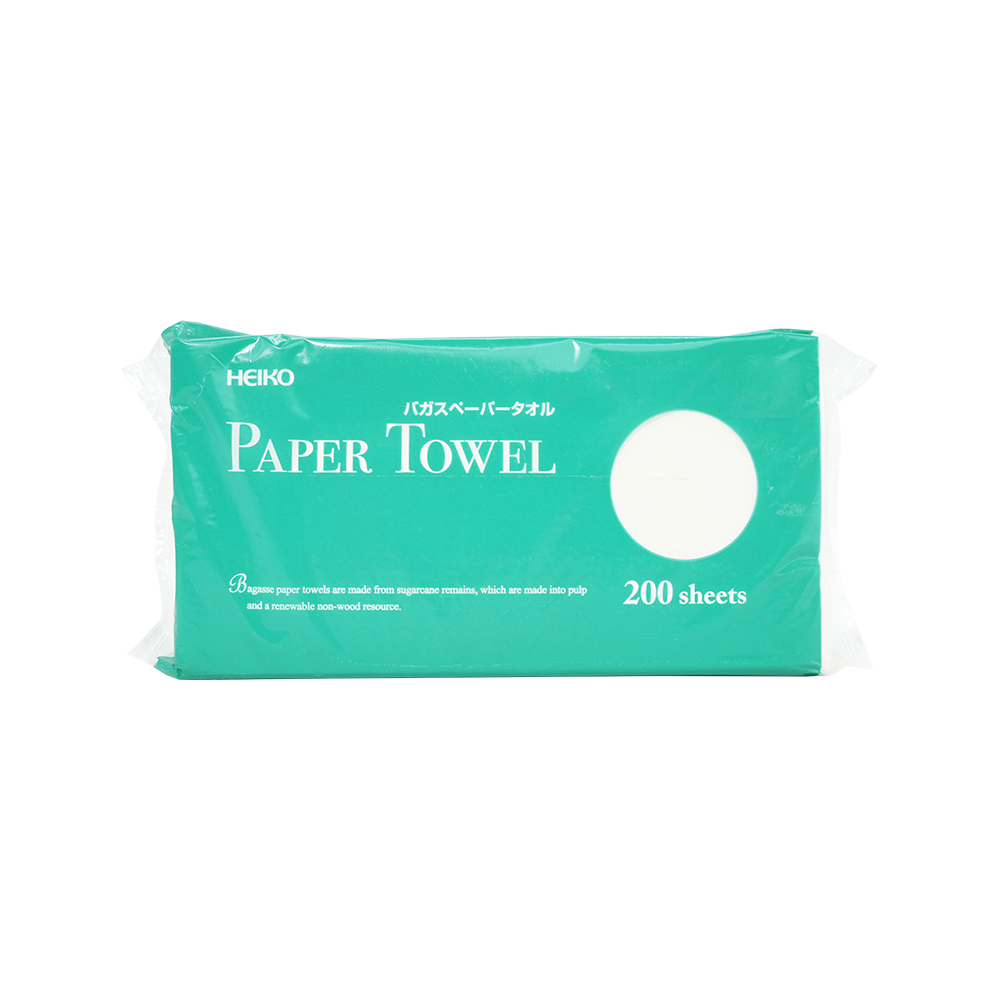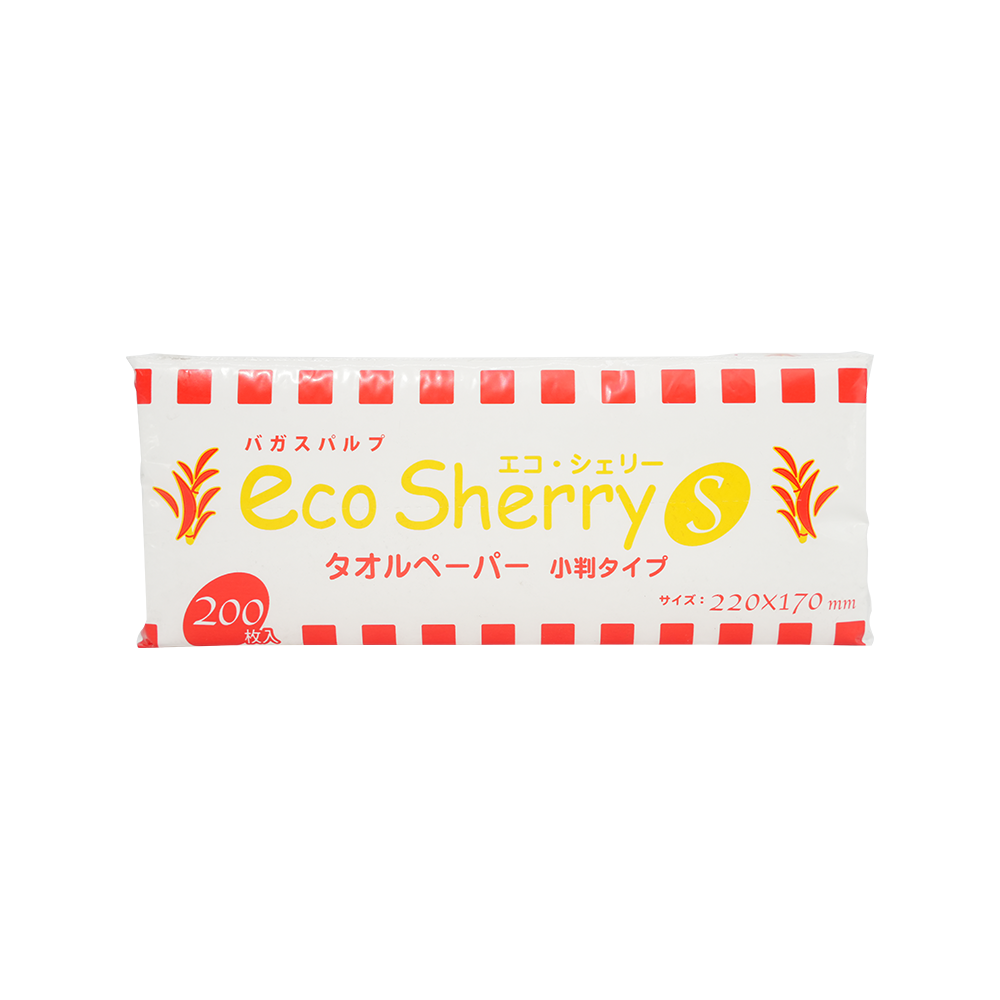Do Bamboo Fiber Tissues Feel Softer Than Recycled Tissues?
 2025.11.14
2025.11.14
 Industry News
Industry News
In recent years, the choice of tissue paper has expanded far beyond the standard options available in stores. Environmental concerns, sustainability, and personal comfort have all influenced consumer preferences. Among the newer options, bamboo fiber tissues have gained attention for their environmental benefits and purported softness. At the same time, recycled tissues have remained popular for those seeking eco-friendly alternatives without completely changing their daily habits. One question many consumers ask is: Do bamboo fiber tissues feel softer than recycled tissues?
Understanding the Materials: Bamboo Fiber vs. Recycled Paper
To understand the softness of bamboo fiber tissues compared to recycled tissues, it is essential to examine the materials used.
Bamboo Fiber Tissues
Bamboo fiber tissues are primarily made from the pulp of bamboo plants. Bamboo is a fast-growing grass that can reach maturity within three to five years, making it a highly renewable resource. The fibers extracted from bamboo are naturally smooth and long, which contributes to the softness and strength of the resulting tissues.
One of the key features of bamboo fiber is its natural cellulose content. Cellulose is a fibrous substance that provides the softness, flexibility, and absorbency that are critical in tissue products. Because bamboo fibers are relatively long and unbroken, they can produce tissues that feel smooth against the skin.
Recycled Tissues
Recycled tissues, on the other hand, are made from post-consumer and post-industrial paper. This means they are derived from previously used paper products, which are collected, processed, and reformed into tissue pulp. While recycling paper is highly beneficial for reducing waste and conserving trees, the process of de-inking, pulping, and bleaching often shortens the paper fibers. Shorter fibers tend to feel coarser and less flexible, which can reduce the perceived softness of recycled tissues.
Factors Affecting Tissue Softness
Softness is not determined solely by the source material; several other factors influence how a tissue feels:
- Fiber Length – Longer fibers generally create a softer, more flexible tissue. Bamboo fibers are naturally longer than the average recycled fiber.
- Pulp Processing – Chemical treatments, bleaching, and refining methods affect fiber smoothness. Minimal processing preserves natural softness.
- Layering and Thickness – Tissues with multiple plies often feel softer and more luxurious. Bamboo fiber tissues commonly use two or three layers for comfort.
- Moisture Absorption – Softer tissues tend to feel smooth even when slightly damp. Bamboo’s high absorbency can contribute to this effect.
- Additives and Treatments – Some tissues are treated with lotions or softening agents to enhance feel. Recycled tissues may require more processing chemicals, sometimes affecting texture.
Comparing Bamboo Fiber Tissues and Recycled Tissues
1. Texture and Feel
Most users report that bamboo fiber tissues feel softer and silkier compared to standard recycled tissues. The long, intact fibers of bamboo create a smooth surface that is gentle on sensitive areas, such as the face or nose. Recycled tissues, while still functional, can feel slightly rough or papery due to shorter, broken fibers.
2. Strength and Durability
Softness alone does not define tissue quality. Durability is also important. Bamboo fiber tissues are not only soft but also strong and resistant to tearing, even when wet. Recycled tissues may lack this strength, as the fiber shortening and recycling process can reduce integrity, sometimes resulting in tearing during use.
3. Absorbency
Soft tissues must also absorb moisture effectively. Bamboo fiber tissues excel in this area because of their natural cellulose structure. They absorb liquids quickly and hold moisture without disintegrating. Recycled tissues are absorbent but often less so than bamboo fiber tissues, particularly single-ply varieties.

Environmental Considerations
While softness and user experience are essential, many consumers prioritize sustainability.
Bamboo Fiber Tissues
Bamboo is one of the most renewable resources available. It requires less water, fewer pesticides, and minimal land compared to trees used for traditional paper products. Bamboo fiber tissues are biodegradable and compostable, making them an environmentally responsible choice.
Recycled Tissues
Recycled tissues reduce the need for virgin fiber and help divert waste from landfills. However, the chemical processing required to de-ink and bleach recycled paper can reduce environmental benefits if not carefully managed. Additionally, recycling does not eliminate the need for water and energy consumption during production.
In short, both bamboo fiber and recycled tissues offer eco-friendly advantages, but bamboo fiber often carries the edge in renewable sourcing and minimal chemical use.
Practical Considerations
When choosing between bamboo fiber and recycled tissues, practical factors come into play:
- Price – Bamboo fiber tissues may cost slightly more than standard recycled tissues due to sourcing and manufacturing. Consumers need to weigh cost against comfort and environmental benefits.
- Availability – Bamboo fiber tissues are becoming more widely available but may not be stocked in all stores. Recycled tissues are commonly found in supermarkets.
- Use Cases – For sensitive skin, facial use, or luxury applications, bamboo fiber tissues are often preferred. For everyday household use, recycled tissues remain a practical option.
User Experiences and Reviews
Many consumers report a noticeable difference in softness between bamboo fiber and recycled tissues. For example:
- Nose Comfort – Users with frequent colds or allergies often find bamboo fiber tissues gentler, reducing irritation and redness.
- Facial Use – Bamboo fiber tissues are commonly recommended for makeup removal or delicate skincare routines because of their smooth texture.
- Durability – Households report that bamboo fiber tissues last longer per sheet due to strength, despite being softer.
These experiences align with the technical properties of the materials, confirming that bamboo fiber’s longer fibers and natural smoothness contribute directly to perceived comfort.
Conclusion
So, do bamboo fiber tissues feel softer than recycled tissues? Based on material composition, fiber length, processing methods, and user feedback, the answer is generally yes. Bamboo fiber tissues offer a combination of softness, strength, and absorbency that tends to surpass recycled tissues, particularly in facial and sensitive skin applications.
However, recycled tissues remain a viable and environmentally conscious option. They are particularly suitable for households seeking to reduce waste and conserve resources while maintaining functionality.
Ultimately, the choice between bamboo fiber tissues and recycled tissues depends on individual priorities: comfort, environmental impact, cost, and availability. For those prioritizing softness and skin comfort, bamboo fiber tissues offer a noticeable advantage. For those focused on recycling and waste reduction, recycled tissues remain an excellent choice.
By considering both personal needs and environmental impact, consumers can make informed decisions that balance luxury and sustainability in everyday life.


 English
English 日本語
日本語 한국어
한국어








